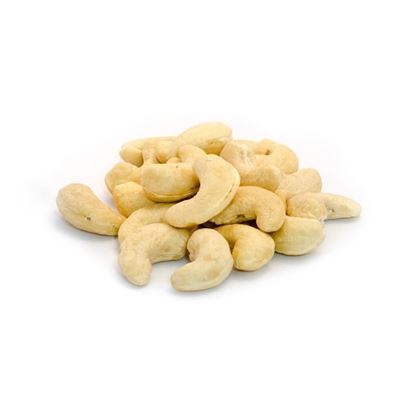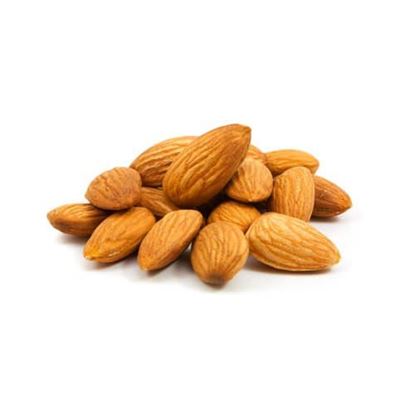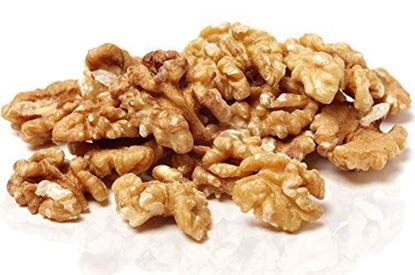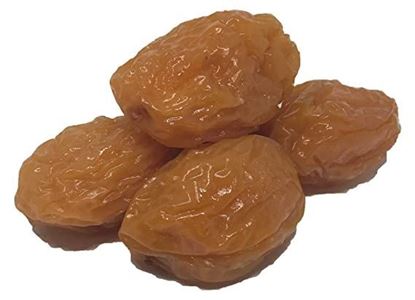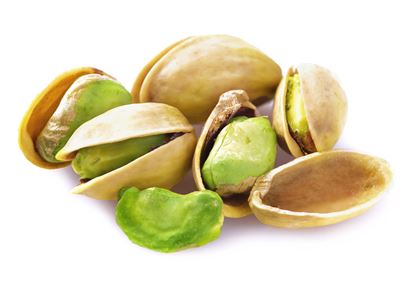You have no items in your shopping cart.
DRIED FRUITS
DRIED FRUITS
Cashew Raw
Cashew Raw 50 Lb./ ea.
Cashews are low in sugar and rich in fiber, heart-healthy fats, and plant protein. They're also a good source of copper, magnesium, and manganese — nutrients important for energy production, brain health, immunity, and bone health.
Almond Raw
Almond Raw. 50 Lb. / ea.
Almonds contain lots of healthy fats, fiber, protein, magnesium and vitamin E. The health benefits of almonds include lower blood sugar levels, reduced blood pressure and lower cholesterol levels. They can also reduce hunger and promote weight loss
Walnuts Extra Light
Walnuts Extra Light Chandler Growex Brand 22 Lb.
Walnuts are rich in heart-healthy fats and high in antioxidants. What's more, regularly eating walnuts may improve brain health and reduce your risk of heart disease and cancer. These nuts are easily incorporated into your diet, as they can be eaten on their own or added to many different foods.
Yellow Plums
Yellow Plums 22 lb. or 28 lb.
Plums are extremely nutritious, with a variety of health benefits to offer.
They contain many vitamins and minerals, in addition to fiber and antioxidants that may help reduce your risk of several chronic diseases.
You can consume plums fresh or dried. Dried plums, or prunes, are known for improving several health conditions, including constipation and osteoporosis. Plums are chock full of fiber, which helps slow down a blood sugar spike after you eat carbs. They can also boost your body's production of adiponectin, a hormone that helps regulate your blood sugar levels. Bone health.
Pistachios
Pistachios.
Pistachios are the seeds of the pistachio tree. They’re usually green and slightly sweet. They’re called nuts, but botanically pistachios are seeds. People have been eating them for thousands of years.
The kernels can have different colors, ranging from yellow to shades of green. They’re usually about an inch long and half an inch in diameter. But if you want to taste one, you’ll have to crack open its hard shell first.
The pistachio tree originated in western Asia, and archaeologists believe pistachios became a food as early as 7,000 B.C. They came to the United States in the mid-19th century and commercial production began in the 1970s.

